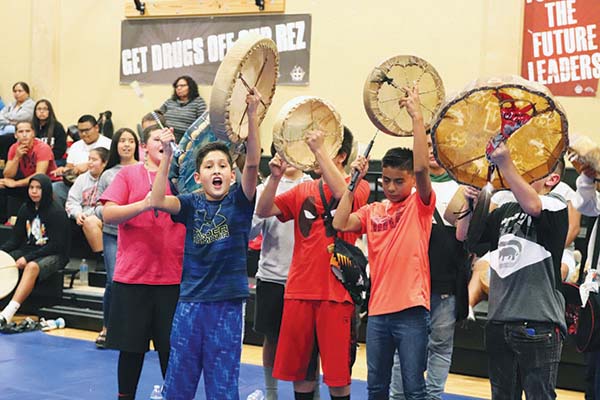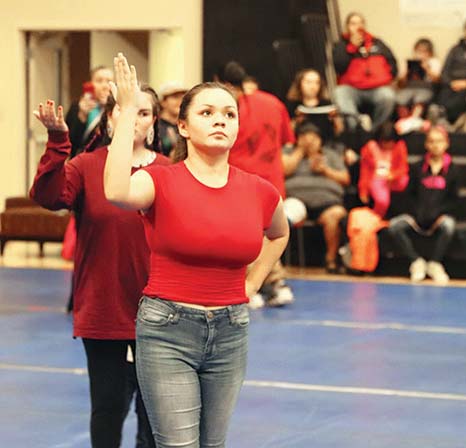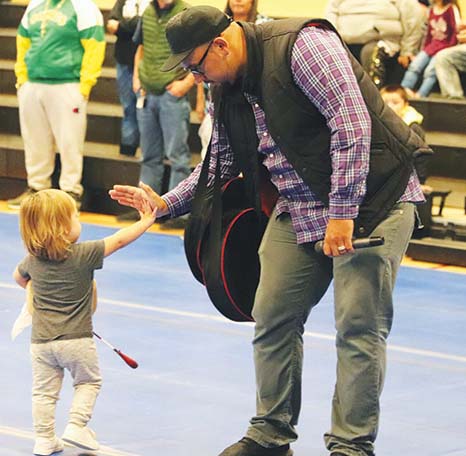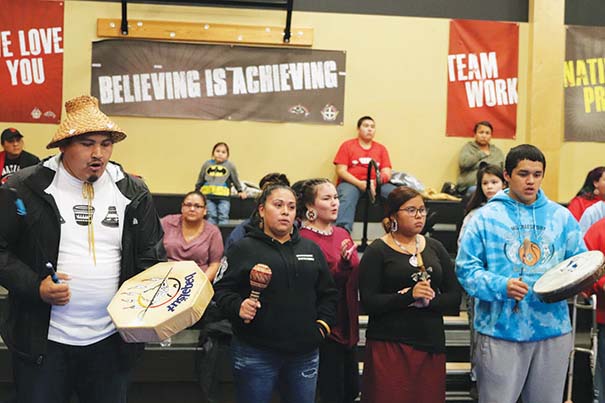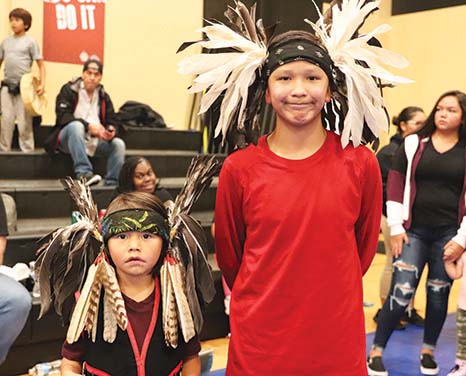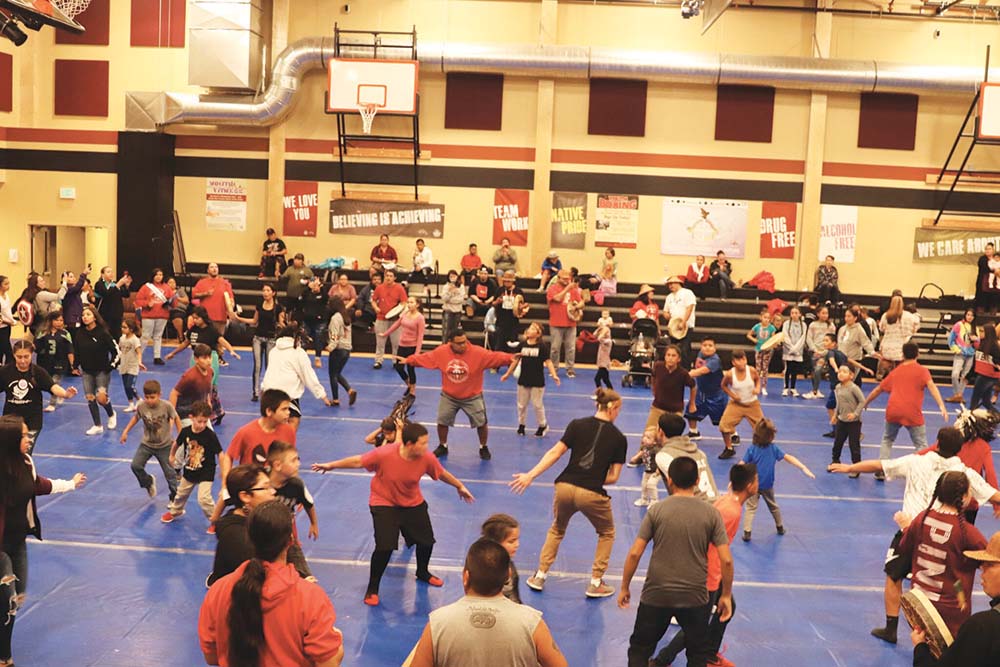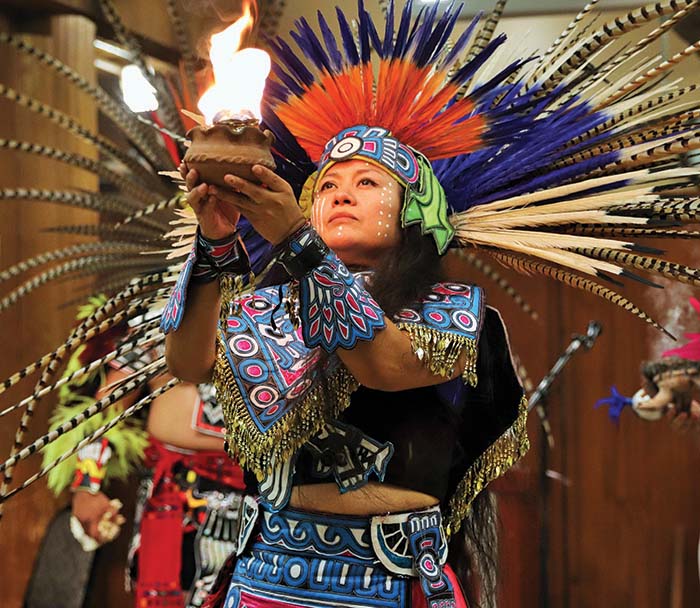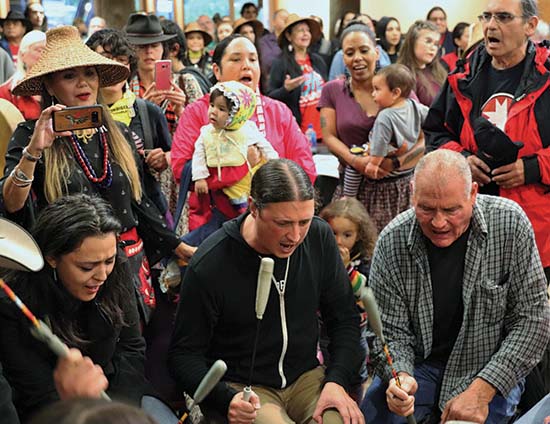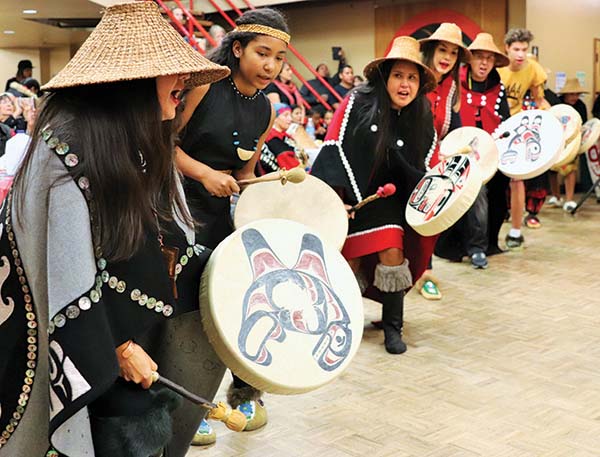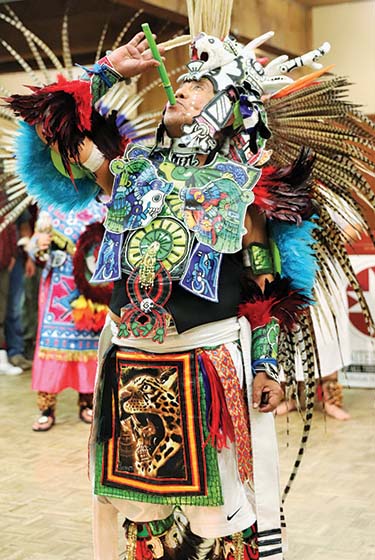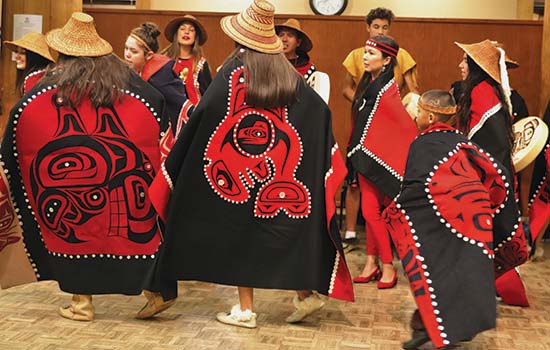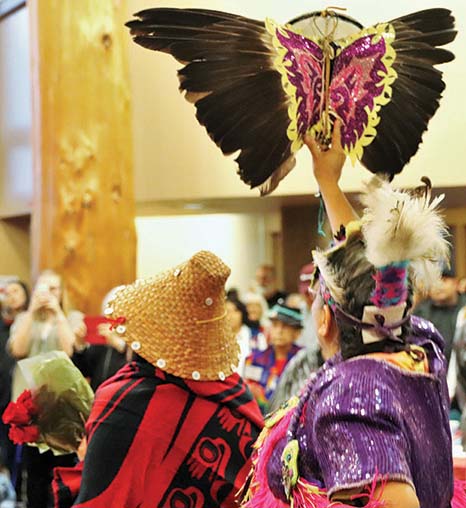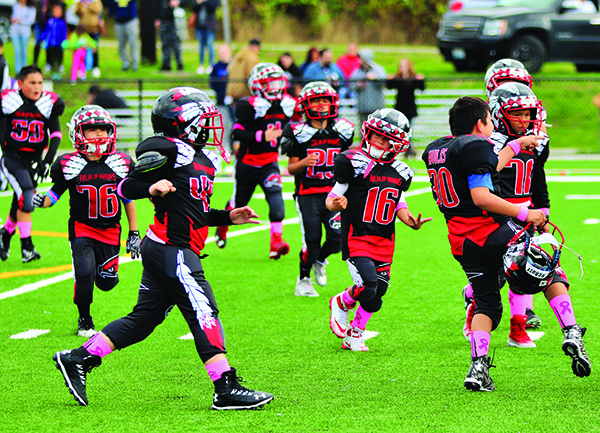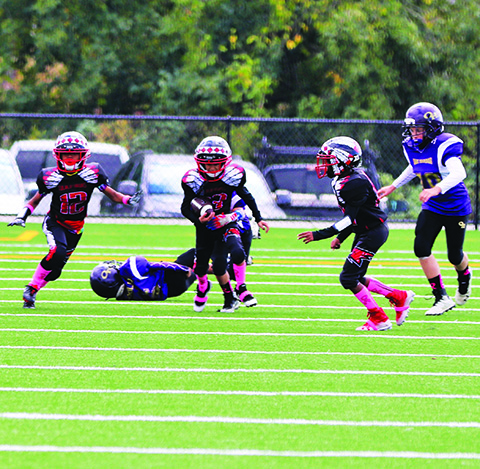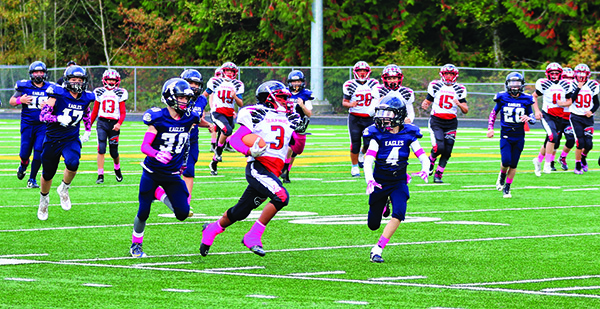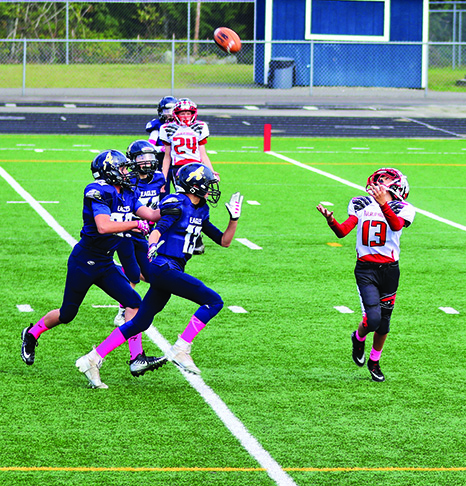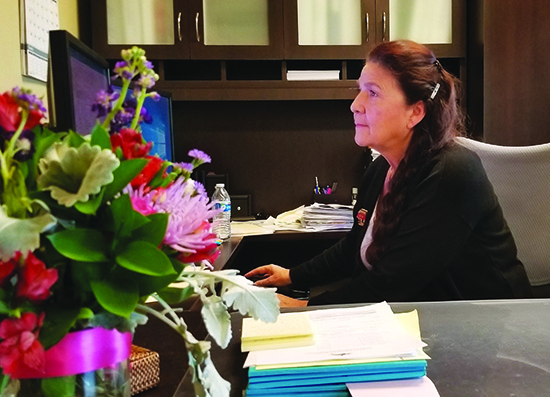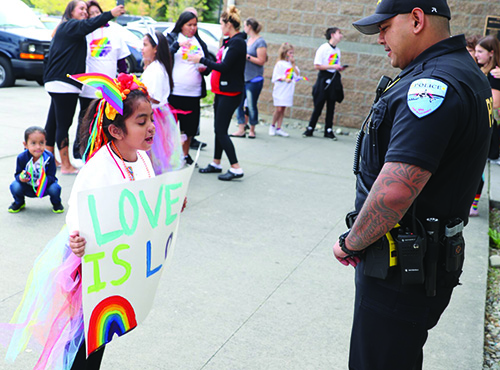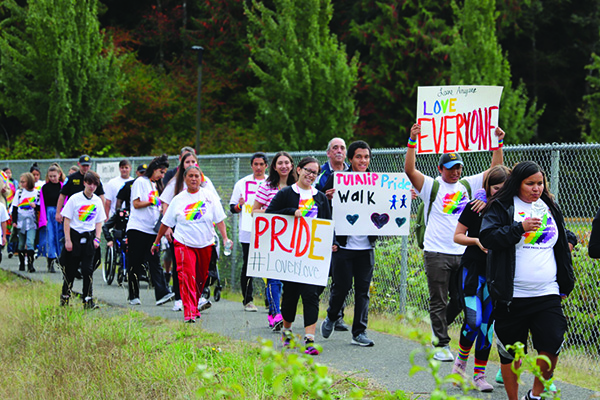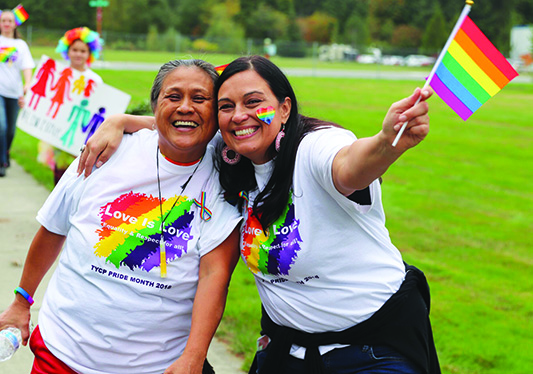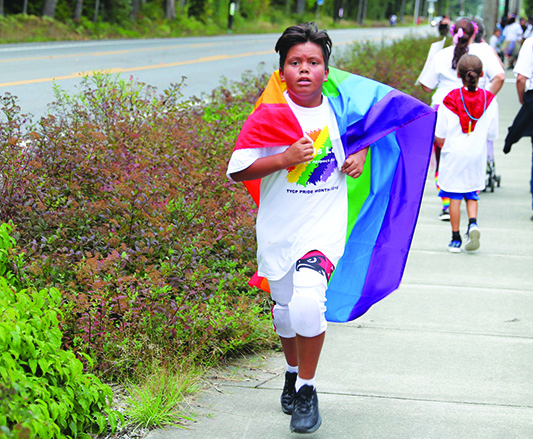“To me, Indigenous means being proud of who you are and where you come from; remembering your ancestry and all that they’ve done to get us to where we are right now; and to educate our youth to be strong as Native People and to love themselves so our culture and traditions stay alive.”
– Denise Hatch-Anderson, Tulalip tribal member
By Kalvin Valdillez, Tulalip News
For the past four years, the greater Seattle area has been celebrating the beautiful culture of the people who lived off of this land since time immemorial. Every second Monday in Octber, communities throughout western Washington host a variety of events to celebrate Indigenous Peoples’ Day, which officially replaced Columbus Day back in 2014. Indigenous Peoples’ Day aims to provide Washingtonians with accurate information about the series of events that occurred after Columbus reached our lands in 1492. Many communities nationwide have joined Seattle and now celebrate Indigenous culture every year.
To start off the second week of Tulalip Unity Month, #KindnessWeek, Youth Services hosted a cultural gathering at the Greg Williams Court on the evening of Indigenous Peoples Day. The gym was packed and the bleachers were filled as people waited in anticipation for the festivities to begin. The youth proudly led Tulalip to the floor with loud drumbeats and booming chants in a song paying respect to the four directions. It didn’t take long for the spectators to become participants as the bleachers emptied and people joined Tulalip on the floor for a large coastal jam.
“Today I’m happy to celebrate Indigenous Peoples’ Day. That whole Christopher Columbus Day, we don’t recognize that,” says Tulalip tribal member and Tulalip Youth Services Activities Coordinator, Josh Fryberg. “The main thing is we want to honor our ancestors and make them proud and continue to set a cultural path, continue on with our treaty rights for the future generations to come. And we want to encourage the youth to continue to learn your culture each and every day and continue to fight for it so that it’s here for the future generations. Tonight, I believe we have Puyallup, Lummi, Swinomish and some from Canada, just a good mix of many tribes. We’re blessed, it shows the unity within all of our tribes and all of our bands.”
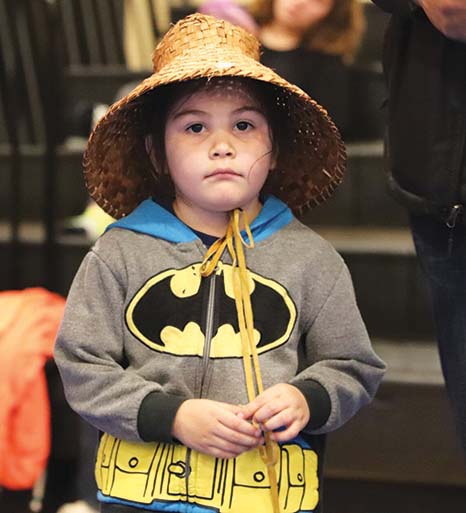 Native families created a circle around the gym and took turns performing their traditional songs and dances. A few songs were known to all of the coastal families in which more dancers hit the floor and the words were sung at a much louder volume by the entire crowd, causing that goosebump sensation during a beautiful moment for the culture. The youth ruled the night. Kids of all ages, infants to teens, sang their hearts out and danced all evening. After performing a song, the Tulalip youth put down their drums and rattles and joined the dancers on the floor until it was their turn to sing again, repeating this cycle for over two hours.
Native families created a circle around the gym and took turns performing their traditional songs and dances. A few songs were known to all of the coastal families in which more dancers hit the floor and the words were sung at a much louder volume by the entire crowd, causing that goosebump sensation during a beautiful moment for the culture. The youth ruled the night. Kids of all ages, infants to teens, sang their hearts out and danced all evening. After performing a song, the Tulalip youth put down their drums and rattles and joined the dancers on the floor until it was their turn to sing again, repeating this cycle for over two hours.
“It makes me feel good, it makes my heart warm because this is something that we needed,” says Tulalip tribal member and Marysville School District Native Liaison, Denise Hatch-Anderson. “October is always hard for our youth, not just because of the change in seasons but because of what happened four years ago. October has been a hard transition for our teens ever since. To see our teens here, knowing they’re going to get the healing they need from the songs tonight warms my heart and it’s going to uplift them as well as our tiny ones and our elders.”
Tulalip Youth Services will continue hosting a variety of activities throughout October for Unity Month including many fun autumn themed events that bring attention to issues such as bullying, domestic violence and substance abuse. For more information, please visit the Tulalip Youth Services Facebook page.
